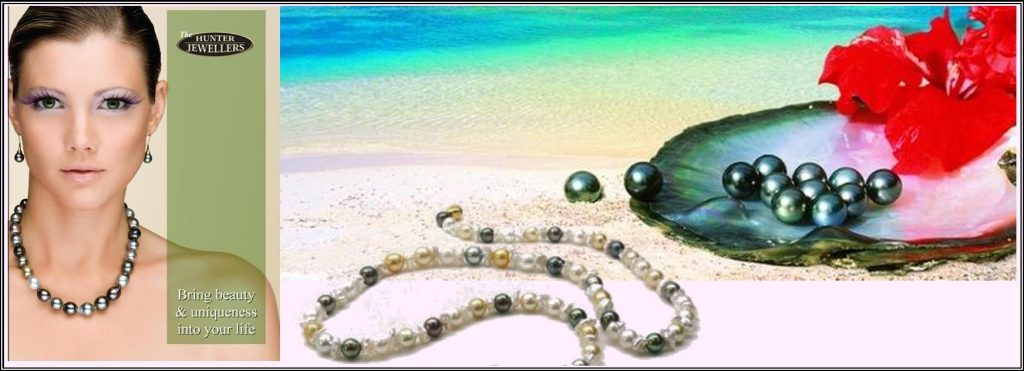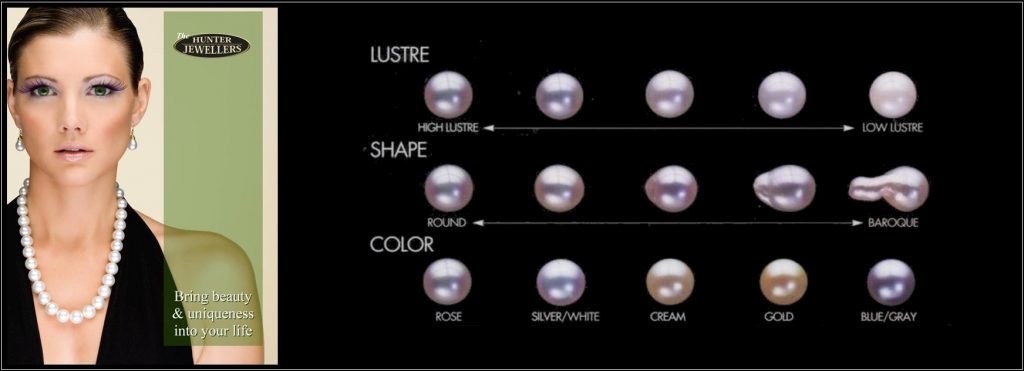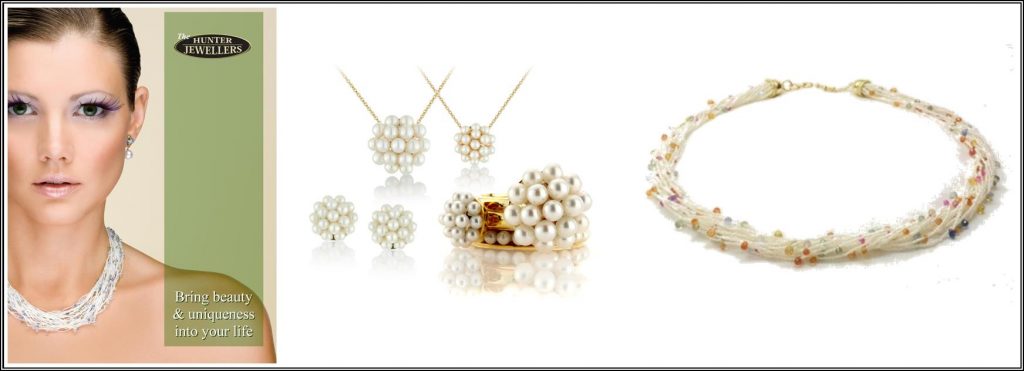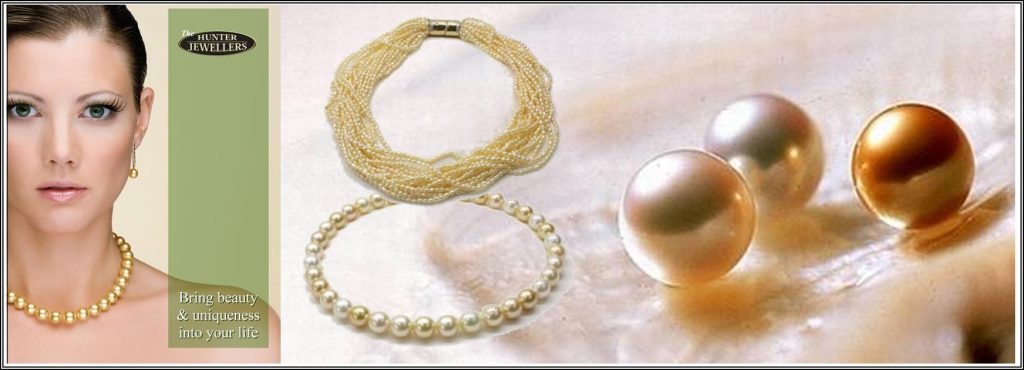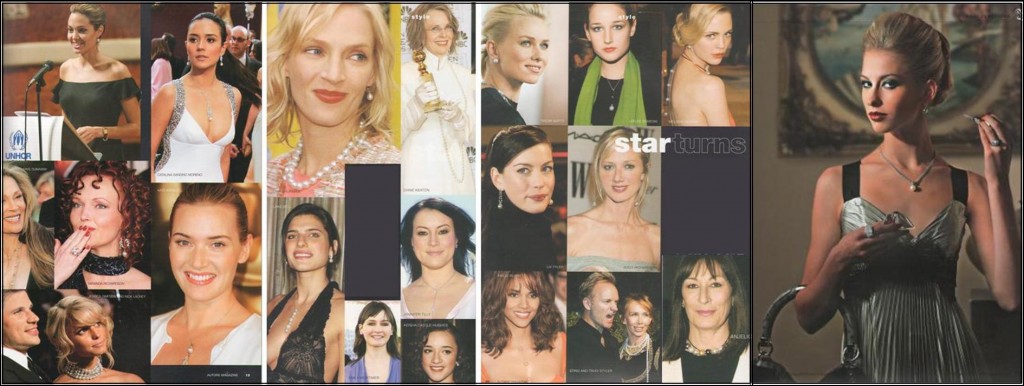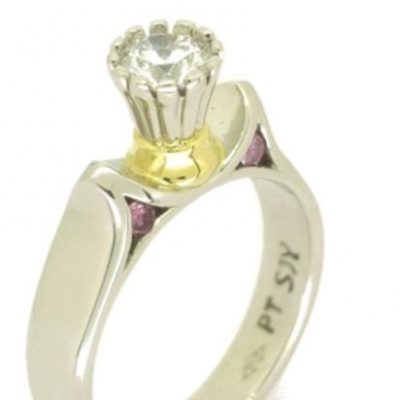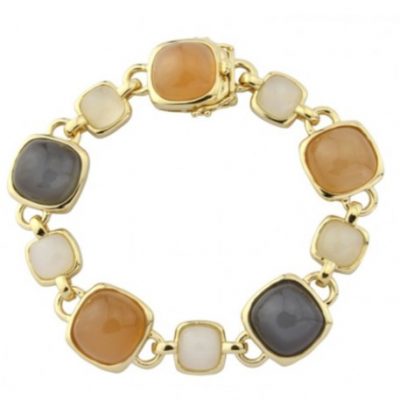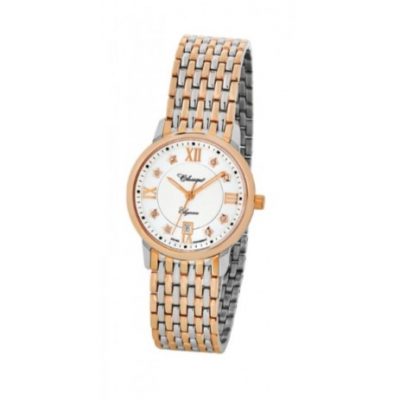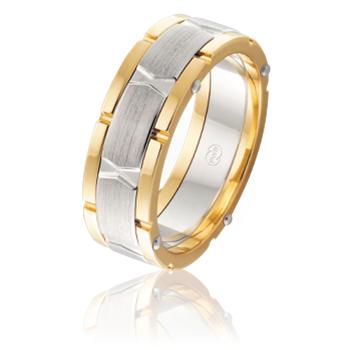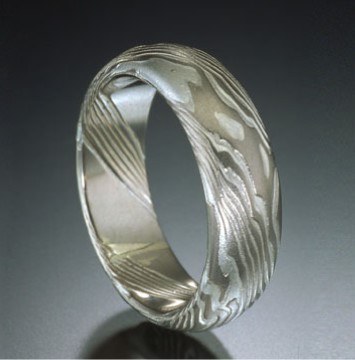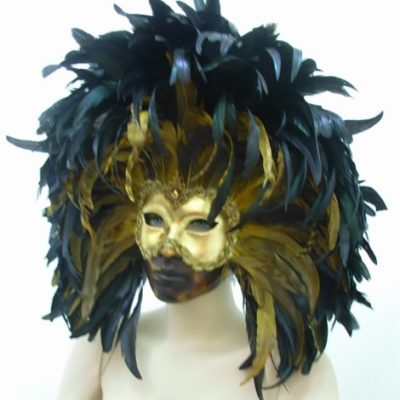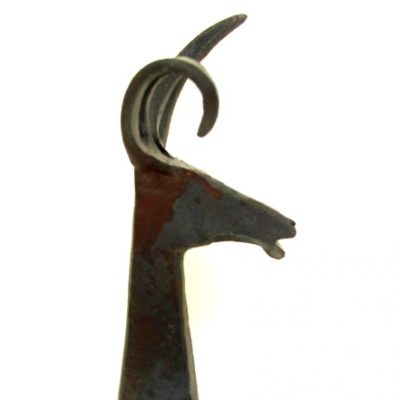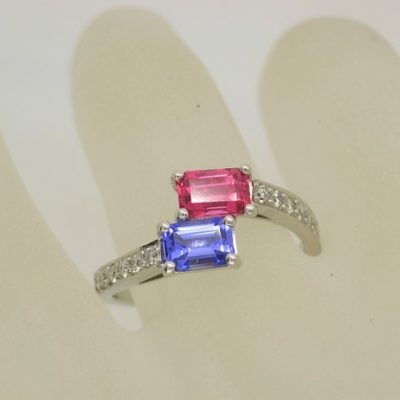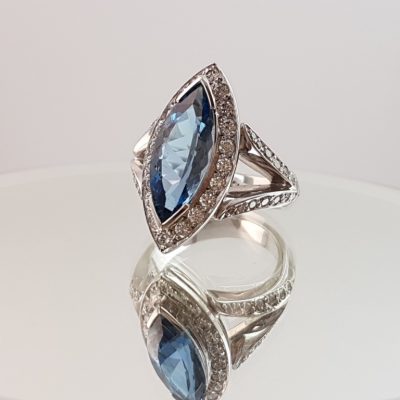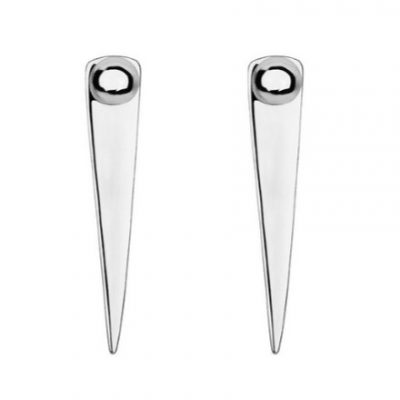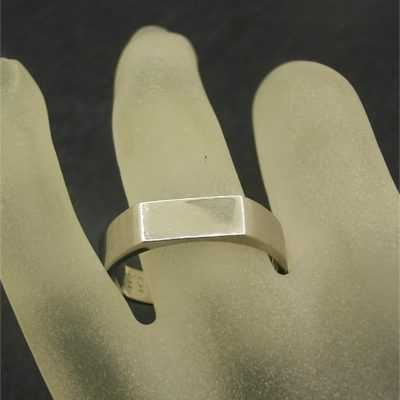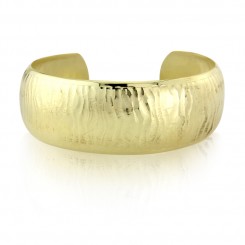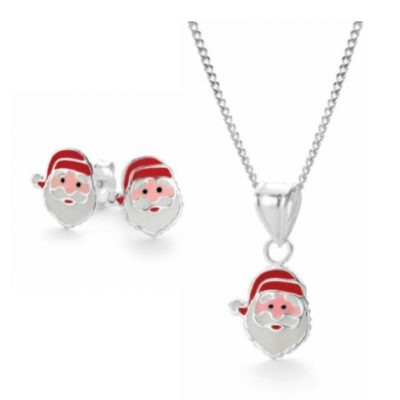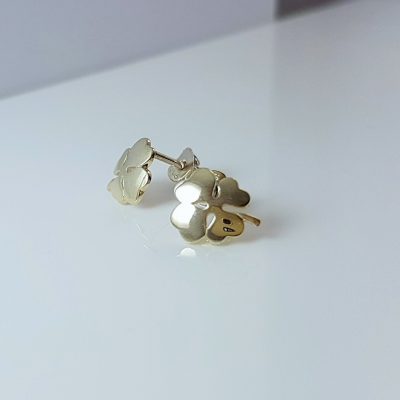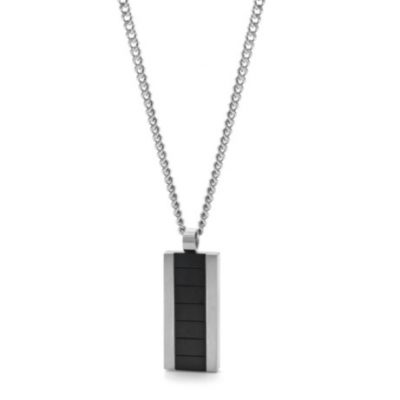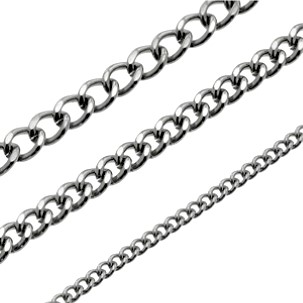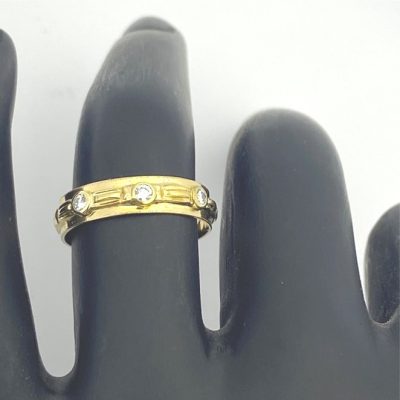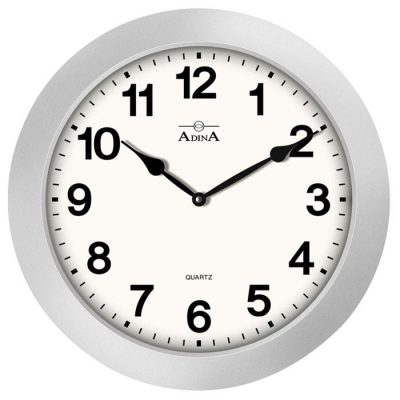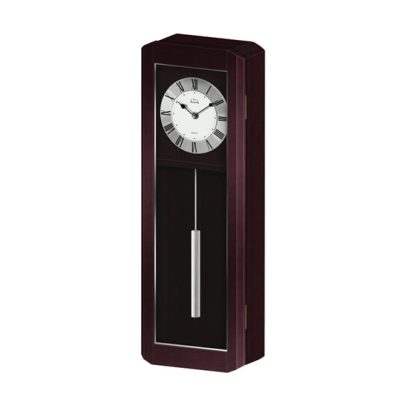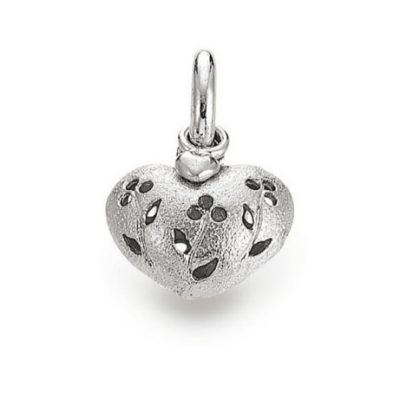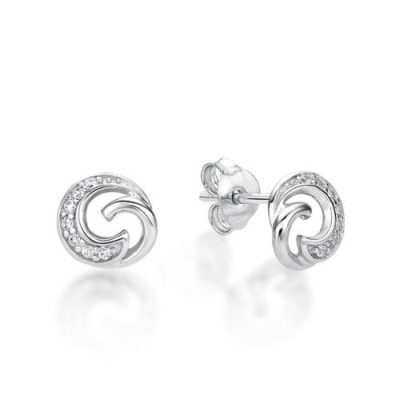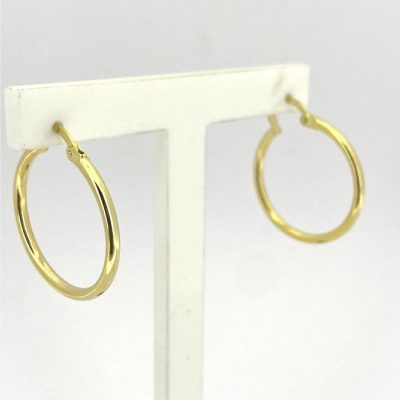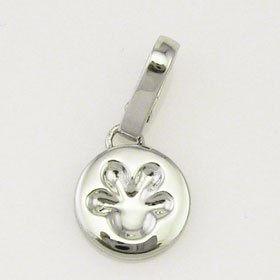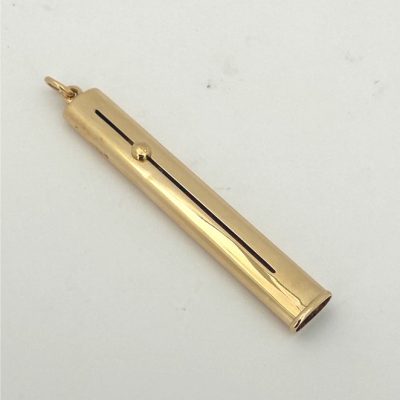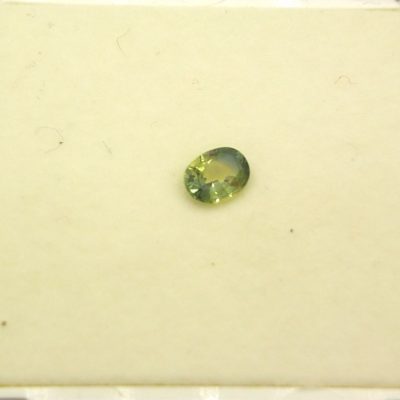Quick Points About Pearls
A pearl is the only gem that can emerge from nature perfect and complete. Unlike diamonds and other gemstones, it does not require cutting and polishing to reveal its beauty. It is nature’s perfection in a luminous droplet.
Browse pearls we have in stock or get in touch with us to find some you want to look at and compare. We can supply almost any pearl/s and make the perfect piece of jewellery to suit!
Natural pearls form randomly in wild populations of mollusks around the world — from the Persian gulf to the waters of Japan, the tropical south seas, and even the coast of New South Wales, Australia. Natural pearls are much rarer than those formed under controlled conditions.
Of these farmed or cultured mollusks, there are three main types of pearls:
1) South Seas (saltwater pearls) of various colour — black Tahitian pearls, gold Philippines or Indonesian pearls, and white Australian pearls. Did you know that Australia produces 40% of the worlds South Seas pearl supply by weight.
2) Akoya (saltwater pearls) from Japan — a growing method introduced by Japanese businessman Kokichi Mikimoto.
3) Freshwater pearls — Chinese.
Within each of these pearl types you will find a vast array of pearl shapes including round, drop, circled, baroque, and keshi. Keshi pearls are a welcomed accident of the culturing process.
Supply
Fine quality pearls are rare, and a lot of time and effort is spent on trying to achieve this. Planning, nurturing the mollusks, pearl growth time, culturing, harvesting the pearls, sorting and matching them, marketing, manufacturing goods, and eventually selling them.
Consider the following points:
> Mollusks have predators like any other animal, they are subject to diseases, and there nutrition is important.
> Up to 40% of nucleated (procedure in which a foreign body is introduced to grow a pearl) mollusks reject the implanted nucleus.
> They can only be re-nucleated 1 to 3 times.
> Cultured pearls have growth periods ranging from 1 to 7 years, producing pearls from a few millimeters in size to 20mm+.
> Only 15-20% of the harvested pearls are marketable as whole gems, and only 10-30% of these pearls are round. Very few are blemish free.
> Only 1-2% of marketable pearls are of the finest (and rarest) quality. A pearls most prized attribute is the deepest mirror-like lustre, and it is also very rare.
> Perfectly matched sets and pearl strands can require sorting through possibly even tens of thousands of pearls over many years and of many harvests to complete.
The human race has had a fascination with pearls for centuries. In ancient times, Egyptian queen Cleopatra was said to have dissolved a pearl in wine and drank it to prove her love to Roman general Mark Antony – a scene now famously depicted in a painting that draws thousands to the National Gallery of Victoria each year.
Indeed, pearls have long been seen as extraordinarily precious. Back in 1917, Pierre Cartier bought a Fifth Avenue mansion – now Cartier’s New York store – in exchange for one matched, double strand of natural pearls, then worth $US1 million. It seems that as far as the Americans were concerned, pearls have even been worthy of handing over in exchange for prime real estate.
Tears of Mermaids or Intruder Protection
Pearls have been part of the romance and lore of the world since the earliest civilizations. They’ve long been equated with purity and used in depictions of religious icons like the Virgin Mary and the Buddha.
Ancient Romans regarded pearls as the tears of gods or angels. Their origins in the waters of the world have associated them to tears of water nymphs and mermaids. The scientific explanation is less fanciful but pearls are still a wonder of the world. A pearl is produced by a mollusk to protect itself from an irritating foreign object. The mollusk coats “the intruder” with nacre (the pearl) until it is removed.
Pearl Mythology
Birthstone of June. Associated with good health and the moon. Anniversary gift of the 3rd and 30th year of marriage.
Pearls are recognised as a symbol of modesty, chastity, and purity, as well as a happy marriage. They have been long known as the “Queen of Gems” with a history far beyond what today’s wearer may recognise.
The Chinese associated pearls with dragons, as they believed dragons fighting in the clouds caused pearls to drop from the sky in the form of rain, to then be swallowed by oysters.
Before cultured pearls in the early 1900s, natural pearls were so rare and expensive they were reserved almost exclusively for the noble and very rich.
Finally, they are symbolic of the mating of the sea and sky. Folklore tells that a drop of morning dew fell into a shell and fertilised by the moon to create a pearl.
Pearl Extravaganza
A comprehensive (the biggest collection most people will ever see) Exhibition of Pearl strands & jewellery, over the month of August 2011.
This is a limited Opportunity not to be missed ! In conjunction with one of Australia’s best & well established pearl merchants who has been dealing with growers & markets for decades & is trusted buy some of the best jewellers in Australia & internationally, Even in Broome. Lots to see, learn, try & feel.
Pearls offer great value & style, Pearls look & feel special, looked after they retain value, become family heirlooms, worn by many generations for special occasions.
While the lustrous organic gem still has a high standing among consumers, innovations and evolution in supply have certainly opened up the market. “Over time, advances in pearl farming technology and the mass production of cultured pearls have made pearls more affordable.”
It all started in the early 1900s, when a supply shortage of natural pearls saw the launch of the cultured variety on the market – created in pearl farms, rather than collected in the wild. While the cultured pearls were not accepted immediately, by the 1950s an era of every woman being able to own her own pearl necklace had kicked off. Natural pearls, being so rare, were reduced to a small, exclusive niche.
Couple that with new design innovations, fashion trends and better imitations, and these objects of beauty now come at myriad price points – a fact that has not escaped consumers, who are more enamoured with pearls than ever before.
Design innovation, in particular, is alive and well in the pearl jewellery sector – shoppers only have to look at local labels to feel inspired.
Californian pearl brand Galatea – is convinced that exciting, contemporary designs are helping to raise the profile of pearl jewellery around the world. “Pearls have been popular throughout the ages except for brief periods of time when they were thought to be too conservative,” he say. “With the advent of great design, pearl jewellery has never been so innovative.”
Galatea certainly knows a thing or two about innovation. Hailed as a revolutionary figure in the jewellery industry, he is credited with the biggest innovation in the pearl market in the past 10 years after becoming the first person in the world to culture a pearl using a gemstone . Once cultured, Galatea carves its pearls to let the gemstone shine through, creating a unique look.
The brand’s Sculpted Tahitian pearls range, perfected after years of experimentation, are carved by hand with a variety of signature motifs. “When carved, their deep nacre and colour makes the polished carvings gleam in a way that is very beautiful,” .
Today, nearly all pearls are cultured.
The Nucleus
Usually, the nucleus is a round bead of shell but sometimes it is a small piece of tissue. Beads are made from a certain type of mollusk that is found only in the US, in rivers and lakes fed by the Mississippi River. Pearls cultured with this kind of nucleus usually have a rounded shape. Pearls cultured with a tissue nucleus are usually irregularly shaped.
How is a mussel nucleated? = A technician pries open the shell of an oyster to insert either a bead or tissue nucleus. Once the shell is open, a small cut is made to the gonad of the mussel and the chosen nucleus is placed inside. The mussel will react to the nucleus, and begin to secrete nacre to enclose it and a new pearl is born!
How long does it take for a natural pearl to form? = It can take 10 years or longer for an oyster to produce a 6mm pearl, and far longer for 7 and 8mm pearls.
A fine cultured pearl needs at least 2 to3 years to cultivate.
What makes a pearl glow? = Nacre will continue to be secreted and build up layers over time. When there are enough layers the crystals in the Nacre are aligned and a prismatic effect is created. The prismatic effect is what gives a pearl its lustrous glow and iridescent quality. When a pearl has thick nacre and perfectly aligned crystals, it is rarer, more beautiful and more expensive.
How hard is a pearl? = A pearl is not very hard compared to other gems. However its compact nature makes it quite durable to knocks and scratches.
Coloured pearls are definitely becoming more admired, namely [in] the freshwater pearls. Because they are so affordable and can be dyed so many different colours, including purple, blue, gold, green and grey. Presently, the grey and black tones are extremely popular coming into winter,”
Freshwater pearls, tending to come from mussels, aren’t as highly valued as pearls from the sea. A decade ago they were known for their small sizes and lopsided shapes, but recent improvements in their cultivation and processing techniques have made them a much more enticing prospect for designers and consumers alike. It wasn’t until the 1990s, when China surprised the market with freshwater pearls that were of much higher quality, that perceptions began to change.
So could cheaper types of pearls have a negative impact on the South Sea pearl market? Ronnie Bauer, the Gemmological Association of Australia’s CIBJO representative and owner of Klepner’s Fine Antique Jewellers in Melbourne, thinks not. “It’s like saying, ‘Will the Ford market overrun the Ferrari market?’ It never will. People will always want Ferraris.”
However, he warns, “Where the danger comes in – because the freshwater pearls are getting better and better – is if the retailer tries to sell them as a South Sea pearl, when they’re actually freshwater pearls.”
Aside from different pearl types, Bauer says jewellers are also getting creative in their use of lower-quality pearls to make their pieces more affordable. Like diamonds, pearls have their own system of grading, based on their lustre, colour, shape, surface and size. “For example, as a comparison, when you get pavé-set diamond jewellery, it’s all clusters of diamonds. Now, nine times out of 10 they won’t use perfect diamonds for that, but it gives the same ‘blingy’ look,” Bauer explains. “It’s the same with pearls. You can use lots of pearls and all sorts of qualities of pearls and mix them with other media and they can look quite good and become affordable.” Indeed, budget-savvy materials are also being used to extend the pearl look and make it more affordable. Ikecho’s sterling silver range is its largest and most popular. “By using materials such as sterling silver, stainless steel, neoprene [a synthetic rubber], cubic zirconia, glass beads and other gemstones, like smoky quartz and peridot, we are able to make innovative yet inexpensive designs for the consumer,” she says.
Improved accessibility isn’t the only driver of pearls’ increasing popularity either – celebrity endorsement and catwalk trends are widely believed to have helped whet the consumer appetite for pearls too. “pearls are being incorporated in designer dresses, like the Chanel winter 2010 dress worn by Keira Knightley [at the London Film Festival]. The late Elizabeth Taylor was frequently spotted wearing pearls, the list is endless –
Know Your Pearls
• Precious pearls come from oysters, but most molluscs can produce them — for example, freshwater pearls tend to come from mussels, though they’re not as highly regarded as those from the sea.
• Like diamonds, pearls have their own system of grading, based on their lustre, colour, shape, surface and size.
• Natural pearls are created when a foreign body, such as a grain of sand or a parasite, finds its way into a mollusc. The mollusc then reacts by coating the irritant with layer upon layer of nacre, which gives the gem its unique, iridescent quality.
• A cultured pearl is created when a human places a bead into the gonad of the mollusc and that mollusc produces a pearl, because it is trained to deal with the irritation. The Australian cultured pearling industry now grosses more than $200 million per year. It’s carefully managed with an annual quota of 600,000 ‘wild’ collected shells allocated between the 19 pearl farming licences here –18 of which are located in Western Australia.
• The majority of cultured pearls sold in Australia are the Akoya type and they come from Japan. According to the GAA’s CIBJO representative Ronnie Bauer, this is because “they’re much cheaper than the South Sea ones”. Australian South Sea pearls are considered the most prestigious and valuable in the world and are largely sold overseas.
• Akoya pearls usually range from about 5mm to 8mm in size and the South Sea pearl from about 10mm upwards. Bauer says the culturing process usually takes a lengthier three years for the South Sea pearls, while it can be just under a year for the Akoya variety (which partly explains why it is cheaper).
• The term “imitation pearl” is used to define anything that looks like a pearl. Artificial pearls are usually shell-based or made of plastic.
many jewellery companies have sought to make South Sea pearls more accessible by pairing them with less expensive materials. “The fact that more pearl brands are offering more affordable pearl lines is a reflection of both the economic climate and that now, more than ever, it has become a very fashionable trend to wear pearls casually and not just for evenings or special occasions.”
LONG AGO, PEOPLE ALSO BELIEVED . . .
that pearls were moonbeams that fell into the ocean and were swallowed by oysters. Although we now know that this is not true, pearls are still synonymous with romance, purity and sensuality.
Pearls are created by living creatures called mollusks. Although all mollusks which produces a shell can produce a pearl, naturally occurring pearls are still very rare (found in perhaps one of every 10,000 animals).
Throughout most of history a natural pearl necklace was a treasure of almost incomparable value, in fact the most expensive jewellery in the world. Now we see pearls almost as accessories. Before the creation of cultured pearls in the early 1900s, natural pearls were so rare and expensive that they were reserved almost exclusively for the nobility and the very rich.
Koichi Mikimoto, the son of a Japanese noodle maker, who is largely attributed with developing methods for culturing pearls, is considered the founder of the pearl culturing industry. Since this revolutionary break¬through at the beginning of the 20th Century, an empire of pearl¬-producing centres have developed around the world.
Pearls have never been out of fashion. From the gowns of Anne of Cleves and Jane Seymour, to the runways of Paris, they have always been the ultimate fashion accessories.
When the inventor of modern fashion, Coco Chanel, proclaimed, “A woman needs ropes and ropes of pearls,” she instantly elevated them to haute couture essentials. Chanel swathed her models in strands, chokers and solitaires, and they became as synonymous with Chanel’s understated style, as the interlocking double c logo.
Just as striking, though perhaps a little less extravagant, are the fresh adaptations of pearls by designers from all around the world breaking down the old pearls and twin set clichè, with present fresh, deconstructed interpretations of the classic accessory.
Pearl Quality
The sorting and pricing of pearls is one of the most difficult tasks that requires a background of looking at thousands of pearls, on a regular basis, and having a close knowledge of the entire production process, as well as an awareness of the international market conditions worldwide.
Unlike gemstones such as diamonds, pearls are not judged by a single international standard of quality. Various systems have been developed for grading pearls. Beauty is the most important criteria when selecting a pearl. However, there are certain grading characteristics for evaluating pearls which include: Colour, Lustre, Shape, Size, and Surface.
For all the above criteria that determine the price of a pearl, there is one more important factor that is often forgotten: the matching of pearls. There is a saying that “No two pearls are alike” and in fact nature does not even guarantee that during harvesting enough pearls of marketable quality can be harvested. It is therefore extremely difficult to find a perfect pair of pearls or a necklace that will match.
Helpful tips to judge the quality of pearl strands:
• Examine the strands on a flat white surface, e.g. white cloth, board or paper. Lustre and colour are hard to judge when pearls are suspended or on a dark surface.
• Try to examine the pearls directly under a bare light instead of away from the light. This helps bring out their lustre and true colour.
• Look for the darkest and brightest areas of the pearls on a strand. Then compare the contrast between the two. The lower the contrast and the milkier the pearl, the lower the lustre.
• Examine the reflection of light on the pearls. Generally, the less sharp and intense it is, the lower the lustre will be. Sometimes, however, a lack of sharpness is due to surface flaws rather than the overall lustre.
• Compare the lustre, colour and blemishes of individual pearls on a strand. The quality of a strand is determined by its overall appearance, not just by one pearl.
• Roll the pearls slightly to see their entire surface. The lustre, colour and blemishes not only vary from pearl to pearl, but also vary on each pearl.
• Check the regularity of size and shape (especially in graduated strands)
• If possible, lay the pearls alongside other strands and compare lustre and colour. A strand will look better when viewed next to lower quality strands rather than next to those of higher quality strands.

